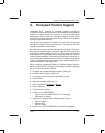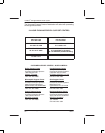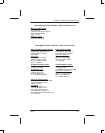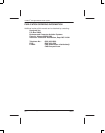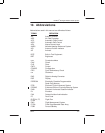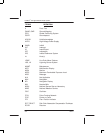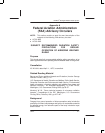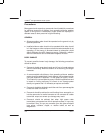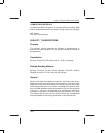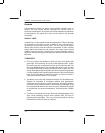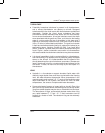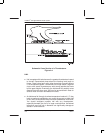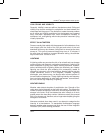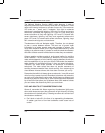
PRIMUS
R
660 Digital Weather Radar System
A28–1146–111
REV 2 A–1
Federal Aviation Administration (FAA) Advisory Circulars
Appendix A
Federal Aviation Administration
(FAA) Advisory Circulars
NOTE: This section contains a word–for–word transcription of the
contents of the following FAA advisory circulars:
D AC 20–68B
D AC 00–24B.
SUBJECT: RECOMMENDED RADIATION SAFETY
PRECAUTIONS FOR GROUND
OPERATION OF AIRBORNE WEATHER
RADAR
Purpose
This circular sets forth recommended radiation safety precautions to be
taken by personnel when operating airborne weather radar on the ground.
Cancellation
AC 20–66A, dated April 11, 1975, is cancelled.
Related Reading Material
Barnes and Taylor, radiation Hazards and Protection (London: George
Newnes Limited, 1963), p. 211.
U.S. Department of Health, Education and Welfare, Public Health Service,
Consumer Protection and Environmental Health Service, ”Environmental
health microwaves, ultraviolet radiation, and radiation from lasers and
television receivers – An Annotated Bibliography,” FS 2.300: RH–35,
Washington, U.S. Government Printing Office, pp 56–57.
Mumford, W. W., ”Some technical aspects of microwave radiation
hazards,” Proceedings of the IRE, Washington, U.S. Government
Printing Office, February 1961, pp 427–447.
Background
Dangers from ground operation of airborne weather radar include the
possibility of human body damage and ignition of combustible materials
by radiated energy. Low tolerance parts of the body include the eyes
and the testis.




